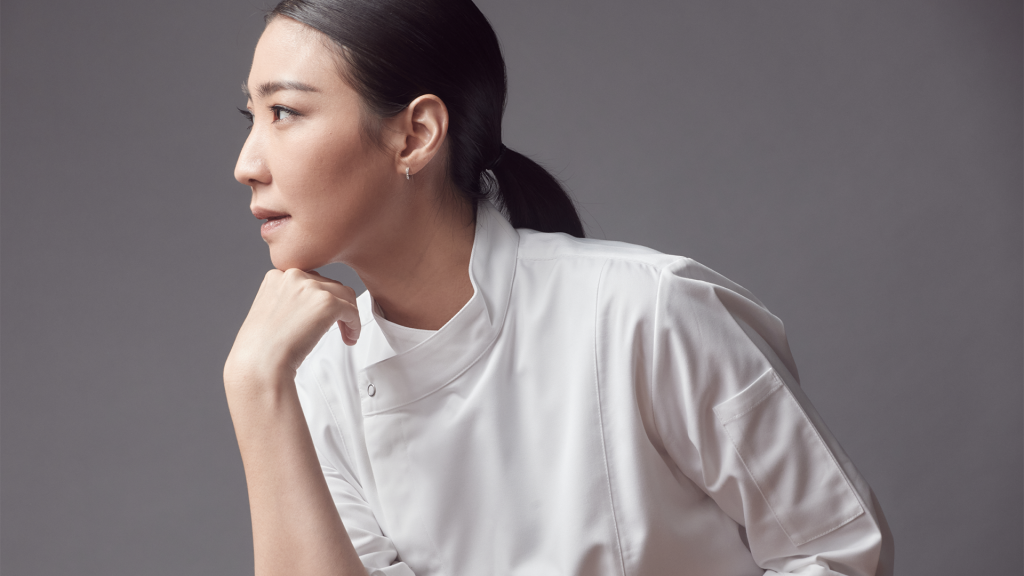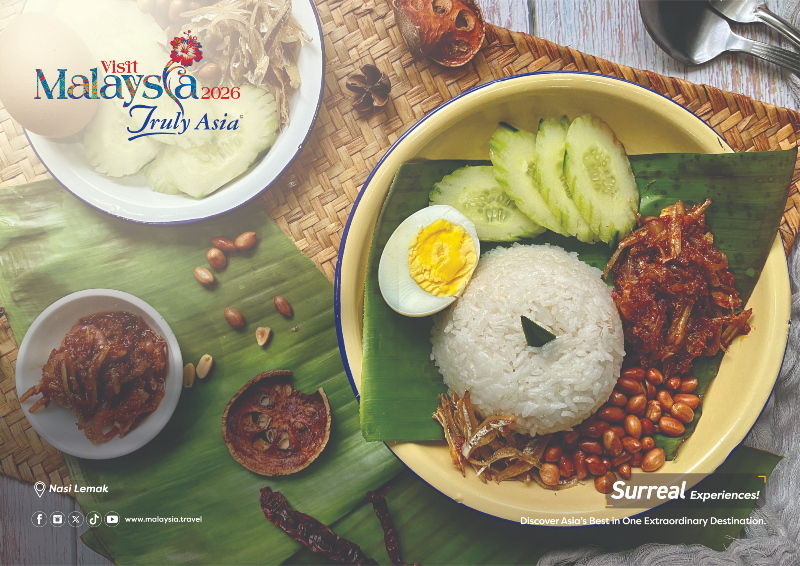Q: Chef Pam, how would you describe your cooking philosophy?
A: As we all know, Thai-Chinese cuisine is not something new and there are many restaurants that serve this type of food.
My cuisine, which is called ‘Progressive Thai-Chinese’, respects and embraces the traditional style of cooking but I am also trying to progressively innovate and improve upon it.
It’s not always easy to relay historical information through food but I love to challenge myself to try. I am the first chef trying to revive this cuisine and at the same time add a new interpretation of the cuisine.
For me, traditional food cooking methods play a very important role and are key to making the best dishes. I always learn the traditional ways before applying any modernity to them.
I always love to come up with new ideas, something that has never been done before. I also believe that is reflected in my cooking.
Q: What are some of your favourite dishes?
A: If I had to pick it would be our pad Thai and our duck.
I believe that pad Thai is a really good representation of Thai-Chinese cuisine. I personally love its history and what it represents (you have to come to POTONG to truly experience this dish!)
I chose carabineros prawns because of their texture and natural sweetness that give a very unique flavour to my version of pad Thai.
Our signature duck definitely showcases the combination of “traditional” and “modern” methods of cooking. I took almost a year perfecting this dish before the restaurant opened.
We select a very specific size of duck so that it doesn’t have too much fat in the skin, then we marinate the inside with five spice and then partially cook the skin with a vinegar mix.
We then hang it for 14 days so that the skin is dry and the meat is tender before roasting it in the oven at a very high temperature for exactly 13 minutes. This gives the meat a very tender texture and a very crispy skin.
Some of my guests say that it’s the best duck they ever had – that makes my day.

RECIPE
Ying Yang Noodles
Ingredients
200g AP flour (add charcoal for black dough)
4g Baking Soda
40g Water (between 35-50g)
44g Egg
Pinch of salt
Preparation
Step 1: Mix dry ingredients in a big bowl. Then mix in the egg and water, working from the middle to the outside. Mix the dough into become a ball.
Step 2: Rest the dough in plastic wrap for at least 30 mins.
Step 3: Roll the dough out thinly. Then press the two coloured dough together.
Step 4: Continue to roll the dough to thinnest number. Cut into noodles.
Morel sauce
30g Red onion (finely chopped)
20g Butter
20g Dried morels
50g Shaoxing wine
300g Chicken stock
Soy sauce to taste
Sesame oil to taste
Preparation
Step 1: Sweat onion in butter until soft.
Step 2: Add diced morels to onion pot and sauté 1min.
Step 3: Deglaze with wine and reduce to almost dry.
Step 4: Add both stock and seasoning and simmer until thick and glazed.
Vinegar jelly
240g Vegetable stock
2.4g Agar agar
3g Salt
26g White wine vinegar
Preparation
Step 1: Mix agar and salt.
Step 2: Add agar mixture into vegetable stock.
Step 3 : Bring to a boil then add vinegar.









